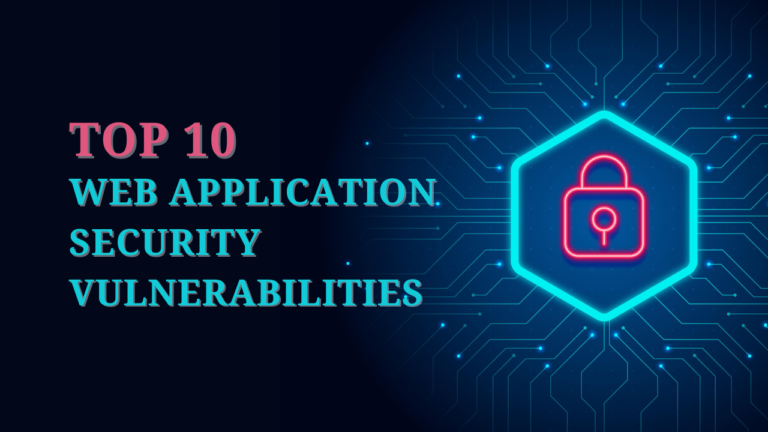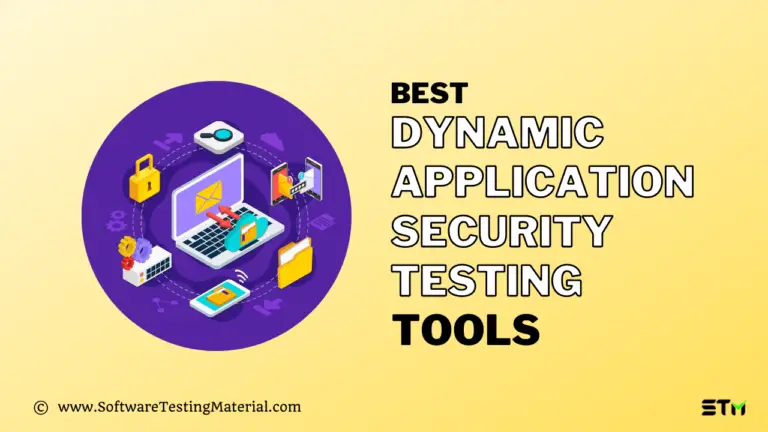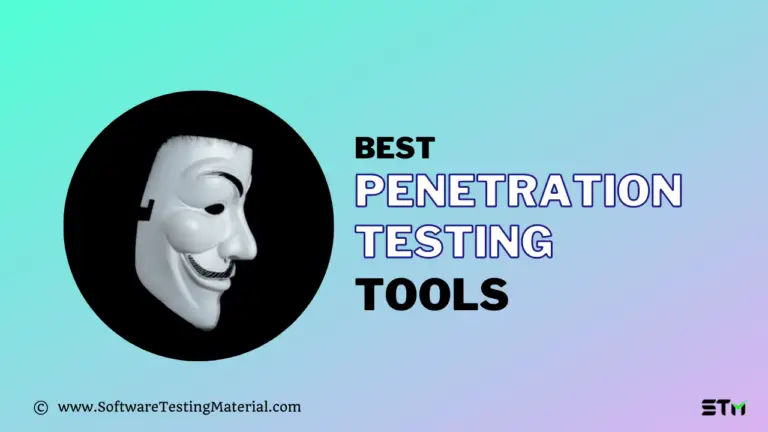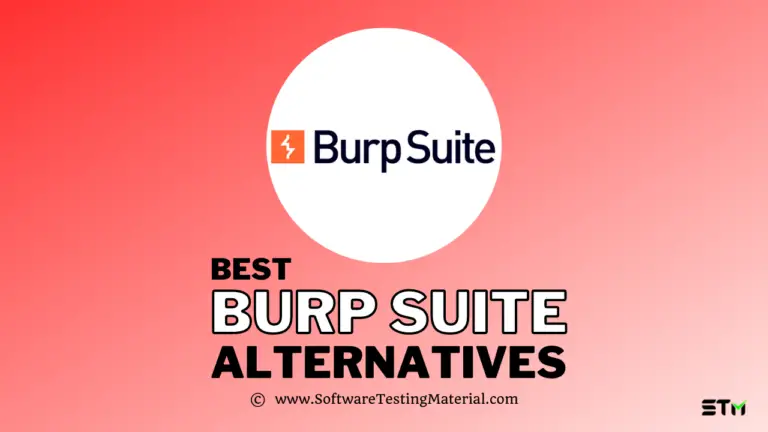7 Best Penetration Testing as a Service (PTaaS) Providers in 2025
Cyber threats are getting more advanced, so businesses need strong security more than ever. That’s where Penetration Testing as a Service (PTaaS) comes in. It combines smart automated tools with expert manual testing to constantly check vulnerabilities in your systems before hackers do.
In this blog, I’ll explain what PTaaS is, its benefits, how it differs from traditional methods, and I’ll also share some of the leading PTaaS Providers to help you pick the right one. Let’s dive in!
Comparison of Best Pen Testing as a Service (PTaaS) Platforms
| PTaaS Vendor | Founded In | No. Of employees | Locations | Pricing |
|---|---|---|---|---|
| Raxis | 2011 | 25+ | Atlanta, GA | Contact for pricing |
| Astra Pentest | 2018 | 51-100 | Delaware, USA | Starts at $5999/year |
| BreachLock | 2019 | 51-200 | New York, Wilmington, London and Amsterdam | Contact for pricing |
| Cobalt | 2011 | 201-500 | Boston, San Francisco and Berlin. | Contact for pricing |
| Indusface WAS | 2012 | 201-500 | Vadodara, IN | Price starts at $599 per year |
What is Penetration Testing as a Service (PTaaS)?
Penetration Testing as a Service (PTaaS) is a modern approach to penetration testing that combines automated scanning tools with human expertise to provide continuous security assessments.
Unlike traditional penetration testing, which typically occurs annually or quarterly, PTaaS offers ongoing testing capabilities through a subscription-based service model.
It provides real-time dashboards, collaboration features, and regular updates, ensuring businesses always stay on top of security vulnerabilities.
It bridges the gap between manual testing and automation, delivering a cost-effective and efficient way to manage cybersecurity risks.
The goal is to integrate security testing into the development lifecycle (DevSecOps) and ensure real-time visibility of vulnerabilities.
PTaaS platforms typically include:
- Automated vulnerability scanning with advanced detection capabilities
- Human-verified results to eliminate false positives
- Continuous monitoring of your attack surface
- Real-time reporting and dashboards
- Remediation guidance and support
- Integration capabilities with existing security tools and workflows
This service model lets organizations keep up constant security testing without the hassle of managing in-house teams or constantly coordinating with external consultants for each assessment cycle.
Benefits of PTaaS
PTaaS offers numerous advantages for organizations, including:
- Continuous Testing: Unlike traditional testing, PTaaS allows ongoing assessments to address vulnerabilities in real time. This continuous approach means you can spot new issues as soon as they pop up.
- Cost-Effectiveness: PTaaS uses subscription model, making it a budget-friendly option. You don’t have to worry about high upfront costs like you would with traditional penetration testing. Also, it eliminates the need for expensive setups.
- Accessibility and Collaboration: PTaaS platforms often feature centralized dashboards, where teams can monitor progress, access reports, and collaborate efficiently.
- Scalability: PTaaS platforms can easily scale as your business grows or your needs change. You can quickly add new assets to testing scopes without lengthy procurement processes or contract renegotiations.
- Comprehensive Coverage: PTaaS platforms cover testing across multiple vectors, from web applications and network infrastructure to cloud environments and mobile applications, giving you well-rounded security protection.
- Rapid Results: Automated workflows in PTaaS deliver faster results compared to traditional testing methods.
- Real-time Reporting and Analytics: Modern PTaaS platforms make it easy for security teams to stay on top of things with real-time dashboards and reports. You can track progress, spot trends, and make smarter, data-driven decisions about where to invest in security.
Challenges with Traditional Pen Testing Methods
Traditional penetration testing has been a go-to in cybersecurity for a long time, but it does come with its challenges:
- Periodic Testing: Traditional Pen Testing typically performed once or twice a year, but these cycles often overlook emerging threats that arise in between.
- Time and Resource Intensive: Manual approaches demand significant time and skilled personnel, making them ill-suited to adapt quickly to emerging threats.
- Lack of Real-Time Visibility: Traditional models often make it challenging for businesses to access real-time updates or track progress effectively.
- High Costs and Budget Constraints: For many organizations, traditional methods can become excessively costly, especially when tailored testing requirements are involved. Due to budget constraints, organizations may compromise on testing frequency or scope.
Traditional Pen Testing vs. Pen Testing as a Service (PTaaS)
| Aspect | Traditional Penetration Testing | Penetration Testing as a Service (PTaaS) |
|---|---|---|
| Frequency of Testing | Typically conducted periodically (e.g., annually or bi-annually). | Continuous or on-demand testing for consistent coverage. |
| Cost | High upfront costs due to manual processes and consulting fees. | Cost-effective with subscription-based or pay-as-you-go pricing models. |
| Scalability | Limited scalability, requiring extensive resources for larger tests. | Highly scalable, accommodating varying organizational needs effortlessly. |
| Agility | Limited agility due to longer engagement timelines and manual processes. | Agile and quick testing cycles to adapt to evolving threats. |
| Cost Model | Fixed and often rigid with large upfront expenses. | Flexible, subscription-based, or usage-based cost models. |
| SDLC Integration | Minimal to no integration into the Software Development Life Cycle. | Seamless integration into SDLC with tools for continuous testing. |
| Reporting Style | Static and lengthy reports delivered post-engagement. | Dynamic and interactive dashboards available in real-time. |
| Reporting Timelines | Reports are available only after the testing is complete, which may take weeks. | Near real-time reporting with instant access to results and findings. |
| Collaboration Tools | Limited or no collaboration tools for engaging different teams. | Robust collaboration features enabling stakeholders to communicate and act quickly. |
How to Choose the Right Pentest Provider
When selecting a PTaaS platform, consider the following factors:
- Platform Capabilities: Check whether the PTaaS platform can provide real-time insights, dashboards, and integrations with your existing tools.
- Application Capabilities: Choose the platform that support web applications, mobile applications, APIs, network, and cloud.
- Testing Capabilities: Ensure the provider offers a blend of automated and manual testing by experienced security professionals.
- Reputation & Customer Support: When choosing a PTaaS provider, go for one that’s reliable and has responsive support. Look for clear SLAs, quick response times, and a team that’s great at resolving issues—especially when it really matters.
- Compliance and Certifications: Choose providers with expertise in regulatory compliance, such as GDPR, ISO 27001, SOC 2, PCI DSS, or HIPAA. Ensure they have relevant certifications and can support your specific compliance needs.
- CI/CD Integration: Make sure your CI/CD pipeline works seamlessly with tools like Jira, GitHub, GitLab, and Slack. These integrations are key to shifting from DevOps to DevSecOps and putting security as priority.
- Scalability: Choose a provider that can expand services as your organization grows.
- Pricing and Value Proposition: Take a close look at the total cost, including platform fees, professional services, and any extra charges for added testing or support. Then, weigh that against the value you’re getting—things like coverage, frequency, and overall quality.
Continuous Penetration Testing as a Service
Continuous PTaaS ensures security assessments aren’t confined to a single point in time. Instead, it integrates seamlessly into the software development lifecycle. With every code change or new feature deployment, security testing is automatically triggered. This model helps detect vulnerabilities early, reducing risks and minimizing remediation costs.
Features include:
- Daily or weekly scans
- Real-time alerts
- Integration with JIRA, GitHub, Jenkins, etc.
- Live chat with security experts
- On-demand re-tests
List of Pen Testing as a Service (PTaaS) Platforms
Here’s a curated list of the best PTaaS platforms available today
#1. Raxis

Raxis’ PTaaS offering, Raxis Attack, provides unlimited penetration testing, real-time vulnerability insights, and direct collaboration with the same senior-level penetration testing team that performs Raxis’ traditional penetration tests. Offered for external and internal networks (including VPC) as well as web applications and APIs, this service allows organizations to continually monitor their environments for real threats and remediate findings year-round while still meeting penetration testing compliance requirements, such as PCI, HIPAA, and GLBA.
Unlimited on-demand testing allows Raxis customers to integrate Raxis Attack into their DevSecOps processes and to have real-time insights into their security posture and remediations. This cost-effective option also provides the ability to chat directly with the Raxis penetration testing team via their Raxis One application, which also shows penetration test findings throughout time with easy-to-understand graphs, summaries, and proof-of-concept screenshots.
- Available for:
- External Network Penetration Tests
- Internal/VPC Network Penetration Tests
- Web Application Penetration Tests
- API Penetration Tests
- Meets various industry standards and regulatory requirements by providing regular, comprehensive security assessments based on the MITRE ATT&CK framework and the NIST 800-115 specification.
- Audit-ready for NIST 800-53, NIST 800-171/CMMC, PCI, HIPAA, GLBA, ISO 27001, SOX compliance standards and more.
- Direct access to the penetration testing team via Raxis One chat feature.
- Fully capable of working with various cloud providers and content delivery networks, including Amazon AWS, Microsoft Azure, Google Cloud, Cloudflare, and Akamai.
#2. Astra Pentest
Best for: Organizations looking for pentest platform to manage end-to-end VAPT (Vulnerability Assessment and Penetration Testing)
Astra is a one-of-a-kind PTaaS Platform designed to help businesses identify and fix vulnerabilities in their applications, networks, and APIs. With its user-friendly dashboard, Astra empowers organizations to continuously monitor risks and maintain compliance with standards like HIPAA, PCI-DSS, and GDPR.
Features:
- Continuous vulnerability scanning and penetration testing.
- Compliance-specific checks for multiple regulations.
- Fully managed testing with actionable insights.
- Intuitive dashboard for tracking vulnerabilities and fixing issues.
- Integration with CI/CD tools like Jira and Slack.
Pricing details: Astra Pentest offers three comprehensive plans to suit your needs:
- Pentest Plan: Priced at $5,999 per year.
- Pentest Plus Plan: Starting at $9,999 annually.
- Enterprise Plan: Custom pricing available upon request—contact them to create a tailored solution.
#3. BreachLock
Best for: Automated and manual penetration testing with AI-driven insights.
BreachLock streamlines penetration testing by combining automation with human expertise. It enables enterprises to conduct thorough security assessments through a cloud-based platform that is highly scalable. BreachLock also provides detailed remediation advice to ensure quick fixes.
Features:
- Automated and manual testing by certified ethical hackers.
- Cloud-native platform with scalability for enterprises.
- AI-powered vulnerability detection and prioritization.
- Compliance-focused testing for SOC 2, HIPAA, and PCI/DSS.
- Regular and on-demand testing options.
- It provides CREST Certified and Audit-Ready Reports
- It allows you to effortlessly track that status of your continuous security testing and view results in real-time, every time
Pricing details: Contact them for quote.
#4. Indusface WAS
Best for: Organizations looking for DAST scanner for websites and APIs.
Indusface WAS is an AI-Powered, DAST scanner for web application scanning. This PTaaS platform is designed specifically to protect web applications from vulnerabilities. It combines scanning, manual penetration testing, and a built-in Web Application Firewall (WAF) to provide a comprehensive solution.
Features:
- Automated vulnerability scanning with manual validation.
- Continuous monitoring for application vulnerabilities.
- Integrated WAF for real-time threat prevention.
- Detailed reports with step-by-step remediation guidance.
- Compliance support for major standards like PCI-DSS.
- It ensures accurate results by eliminating false positives for efficient security assessments.
- It seamlessly integrates with CI/CD pipelines and other tools to streamline security workflows.
Pricing details: Indusface offers three comprehensive plans to suit your needs:
- Advance: Priced at $599 per year.
- Premium Plan: Custom pricing available upon request—contact them to create a tailored solution.
- Custom Plan: Custom pricing available upon request—contact them to create a tailored solution.
#5. Synack
Best for: On-demand penetration testing powered by a global network of expert testers.
Synack stands out with its crowdsourced penetration testing platform, leveraging a vetted global network of ethical hackers to uncover vulnerabilities. Its hybrid approach ensures thorough security assessments with fast turnaround times.
Features:
- Crowdsourced testing backed by expert ethical hackers.
- AI-driven vulnerability discovery and prioritization.
- Robust reporting and analytics for better resolution.
- Integration with security workflows and tools.
- Managed services for continuous monitoring.
Pricing details: Contact them for quote
#6. Cobalt
Best for: Collaborative penetration testing for fast-growing businesses.
Cobalt’s collaborative approach to penetration testing utilizes its Pentest-as-a-Service model called the Cobalt Core, a group of vetted pentesters who work directly with clients. It delivers quick results and supports ongoing security.
Features
- Collaborative workflow for better vulnerability management.
- Tests conducted by a network of certified pentesters.
- Seamless integration with development and deployment pipelines.
- Continuous access to reports and actionable findings.
- Focus on application, API, and cloud security.
Pricing details: Contact them for quote
#7. Pentest-Tools.com
Best for: Affordable and straightforward penetration testing solutions.
Pentest-Tools.com offers a cost-effective and user-friendly platform for organizations seeking quick vulnerability assessments. It caters to smaller firms and beginners while still providing reliability and thorough results.
Features:
- Easy-to-use interface for running automated security scans.
- Tests for web applications, networks, and external infrastructure.
- Instant vulnerability reports with resolutions.
- Flexible on-demand testing capabilities.
- Scalable platform suitable for small to medium-sized organizations.
Pricing details: It offers four comprehensive plans to suit your needs:
- Free: Up to 5 scanned Assets Open modal, Up to 2 parallel scans
- Basic: $867 per year
- Advance: $1938 per year
- Teams: $4029 per year
FAQs: PTaaS Vendors
What does Pen Testing as a Service mean?
Penetration Testing as a Service (PTaaS) combines automated tools and human expertise to provide continuous security assessments through a subscription-based model. Key features include automated vulnerability scans, human-verified results, real-time reporting, and remediation support, making it a cost-effective and efficient way to manage cybersecurity risks without relying on in-house teams or frequent external assessments.
Who Benefits from Penetration Testing?
Every business, big or small, needs pen testing. It’s especially important for industries like healthcare, banking, and services to spot vulnerabilities and fix them before they become a problem.
How Much Does Penetration Testing as a Service (PTaaS) Cost?
The cost of penetration testing really depends on a few things—like the scope of the test, the size of your organization, and how many scans you need. For websites, it usually runs between $400 and $1000 per scan, while applications can range from $700 to $5999.
What is the timeline for Pentesting (PTaaS)?
An automated pentest usually takes anywhere from a few minutes to around 36 hours. On the other hand, a manual pentest can take a bit longer—typically about 7-10 business days. Of course, the exact timing depends on the scope of the test and how complex the digital asset is.
Conclusion
Penetration Testing as a Service (PTaaS) is transforming how organizations approach cybersecurity. With its blend of automation, real-time collaboration, and continuous testing, PTaaS helps teams detect and fix vulnerabilities faster and more efficiently than ever before. Whether you’re a startup looking for agile security or an enterprise with complex infrastructure, there’s a PTaaS solution to fit your needs.
Investing in the right PTaaS platform not only strengthens your security posture but also accelerates your path toward compliance and customer trust. As threats evolve, so must your defenses — and PTaaS offers the agility and visibility modern organizations demand.
Related posts:
- Best Penetration Testing Guide
- Best Penetration Testing Companies
- Best Penetration Testing Tools
- Performance Testing Guide
- Performance Testing Tools
- Performance Testing Companies
- Best Vulnerability Assessment Scanning Tools
- Best Nessus Alternatives
- Best Burp Suite Alternatives
- Best Security Testing Tools
- Best Web Application Testing Tools






